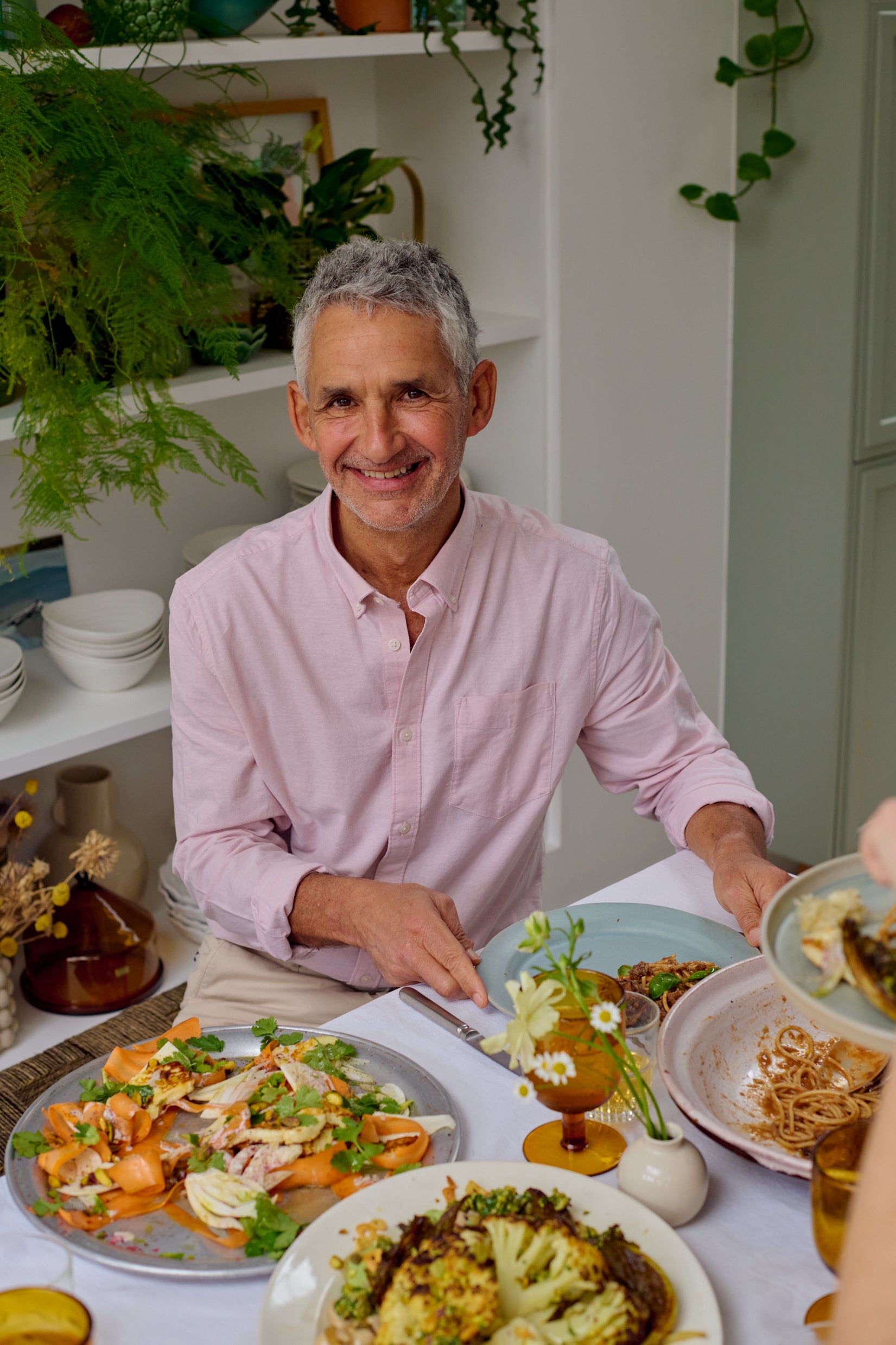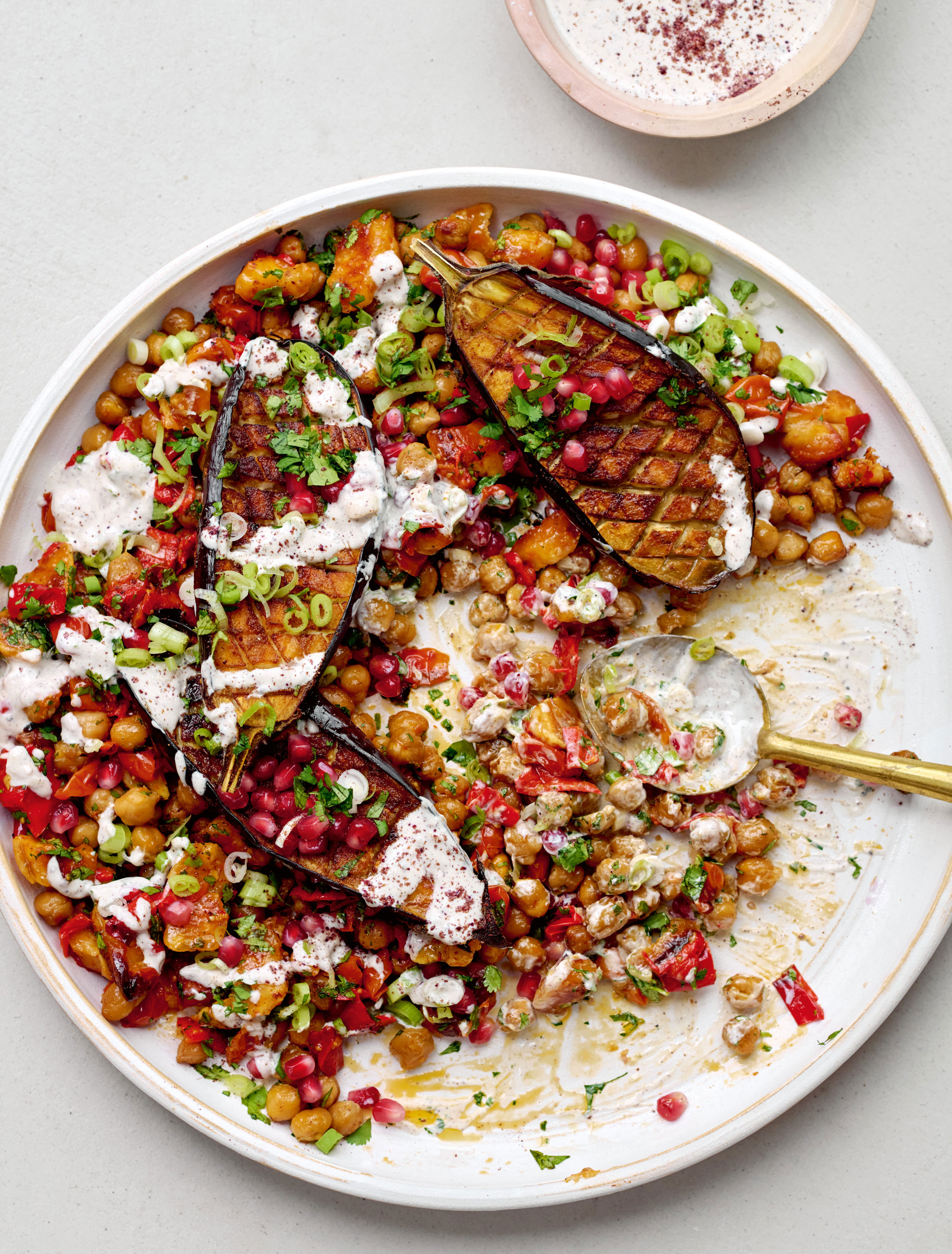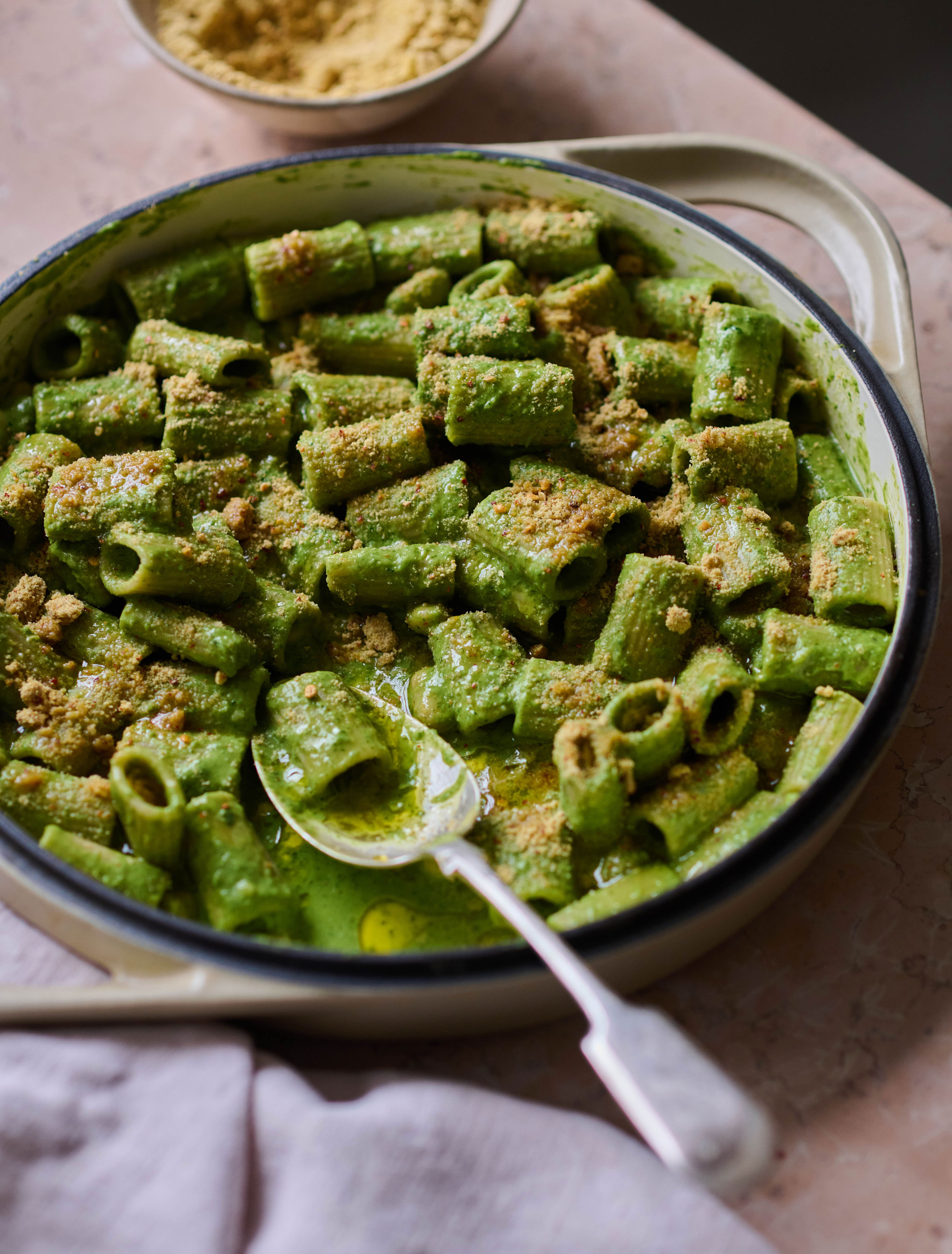.
“The gut microbiome is the common term for the community of all the microscopic organisms living in the body,” explains the 66-year-old. But it’s the lower gut – and the gut bacteria found inside it – that is of particular importance for our wellbeing.
The vast majority of our gut bacteria is beneficial. “They’re good for us because they’re like little chemical factories; they convert the energy they get from food and make them into thousands of different chemicals that are really good for us in a number of ways. They produce chemicals that we can’t produce in our body.”
He describes the gut as “basically our second brain” – sending signals about anxiety and stress – “It’s really, really important for our mood and our energy”. On top of that these chemicals are “crucial for controlling inflammation” – as well as helping lower the risk of food allergies, immune diseases and cancer.

“The microbiome has been associated with a poor state of health in virtually every single chronic disease that I’ve seen data on – either as a consequence of it or as a cause. And so that’s why everyone really needs to focus on their gut microbiome.”
And, thankfully, “however bad your diet has been, you can still make improvements to your gut microbe at any in time life”.
But where is the best place to start?
1. Try and eat 30 different plants a week
Long gone are the days when five-a-day was sufficient. Many experts are now singing the praises of focussing on plant diversity in diets. But Spector says it’s easier to achieve than it sounds.
“People need to re-educate themselves what a plant is. It can be vegetables, it can be fruit, it can be a nut, it can be a seed, it can be a herb, it can be a spice – which are all concentrated forms of plants – coffee counts, as does dark chocolate,” he explains.
In addition, different colours of the same food count as different plants – for example red and orange pepper, or hazelnuts and walnuts – as they will have “different chemicals in them”.

2. Eat dinner earlier and breakfast later
Spector is an advocate for ‘time-restricted eating’ – essentially letting your gut ‘repair’ by allowing for an extended period of time without eating. He recommends 16 hours overnight, and therefore eating within an eight hour window in the day (e.g. between 10am and 6pm, or whatever timeframe works for you).
“Leaving time overnight is good for your gut, and reduces inflammation and stress on the immune system,” he says, plus, “doing it overnight feels doable.”
In contrast, eating dinner at 9pm and breakfast at 6am, “means your gut lining hasn’t had a chance to be repaired properly, so that lining is uneven and a bit inflamed, a lot of the debris hasn’t been taken away by the microbes”.
He says a large study with research platform ZOE of over 100,000 people found that after three weeks people had “less bloat, less constipation, less indigestion, and interestingly, less hunger”.
3. Make fermented foods at home
Sauerkraut is probably the easiest meal you can do. It’s what our ancestors did all the time before they had fridges or even stoves. So it’s basically cold cooking. And, you know, you just chop up a cabbage finely, weigh it and add 2% salt and stick it in a jar,” he says.
Pair kimchi with white beans (“it contrasts that nice creaminess with a bit of tanginess”) put it in salads, add it to dressings, or mix it 50/50 with cream cheese if you find the taste too strong.
4. Add more fibre
Lots of people know kale and broccoli are high in fibre, but beans, legumes and lentils are often ignored as sources. Bulgur wheat and quinoa are other fibre powerhouses, but Spector says rice isn’t a good source of fibre – even brown rice.
is actually better than rice for fibre. Obviously wholegrain pasta is definitely healthier than white-grain pasta, but still, white-grain pasta is much healthier than white rice, in terms of fibre content,” he says. And beware of lots of supermarket brown bread. “It’s often just dyed brown, it doesn’t actually contain any extra fibre.”
Tim Spector’s creamy kale pasta recipe
Extracted from The Food For Life Cookbook by Tim Spector is published by Jonathan Cape , priced £28. Photography by Issy Croker. Available now.
10-15g fibre4 plants

(Prep time 5 minutes, cook time 10 minutes)
90g wholewheat pasta100g kale or cavolo nero, stalks removed and thinly sliced1 garlic cloveJuice of 1 lemon2tbsp nutritional yeast1 x 400g tin cannellini beans and their liquidSalt and black pepper
: Nutritional yeast for Parmesan
Method:
1. Bring two saucepans of salted water to the boil. Put the pasta in one and cook for 8–10 minutes, or until al dente.
2. Put the kale and garlic in the other saucepan and blanch for three minutes. When ready, drain and add to a blender with the lemon juice and nutritional yeast or Parmesan.
3. Pour the beans into a sieve set over a bowl, keeping the liquid from the tin. Add a quarter of the beans to the blender along with the reserved liquid and blitz until totally smooth.
4. When the pasta is ready, drain it, reserving two tablespoons of the cooking water. Return to the pan with the remaining cannellini beans, reserved cooking water and the blended sauce. Heat through for a minute or so, taste and season if necessary and serve.
.


Post a Comment
0Comments